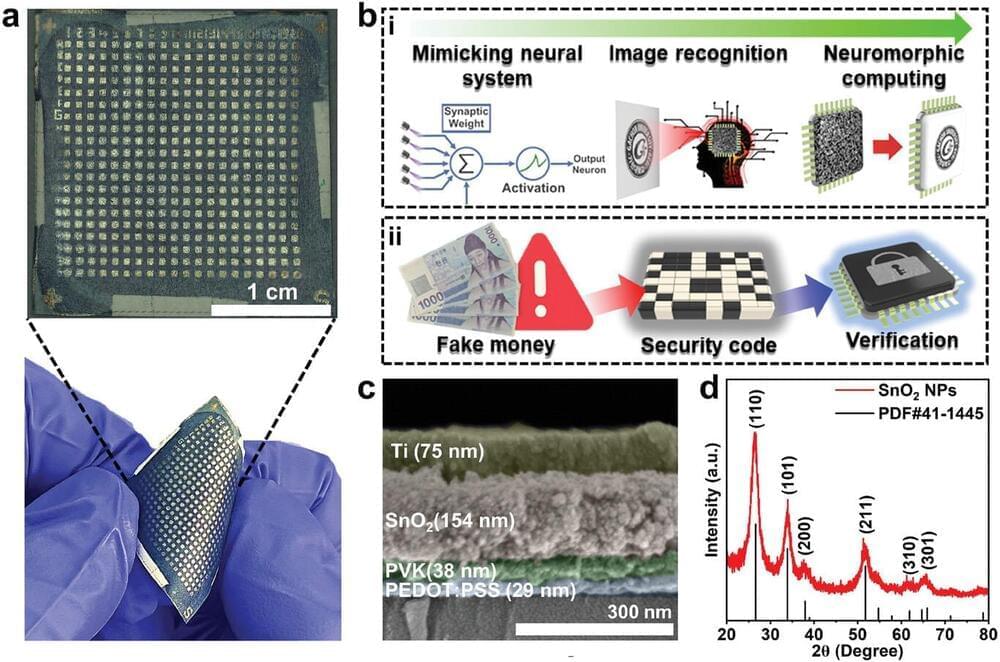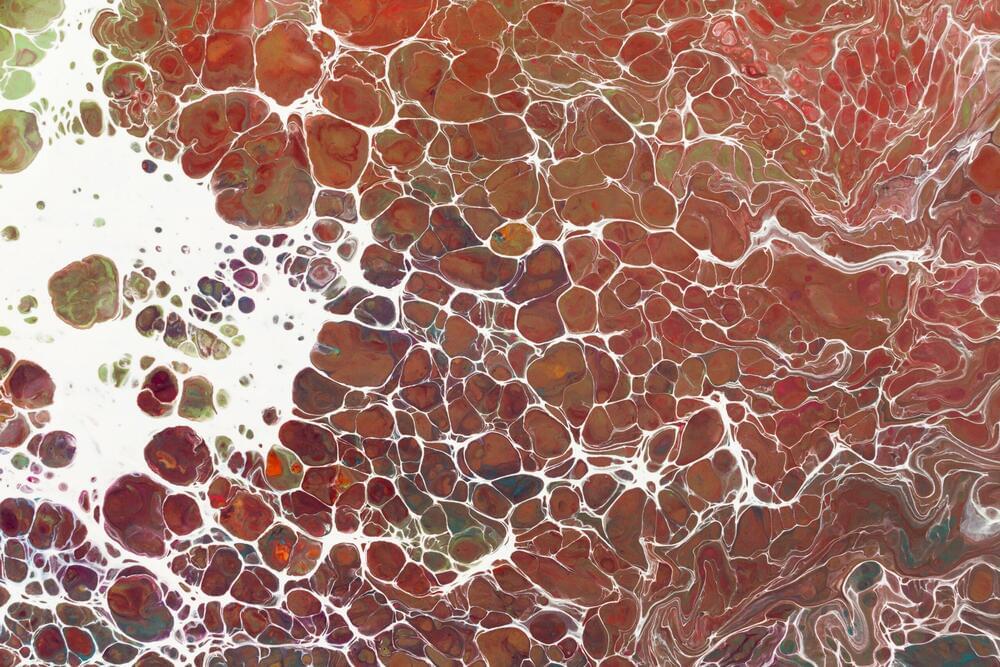Year 2016 face_with_colon_three
Clothing tears could be a thing of the past if a new material capable of “healing” itself after being ripped proves to be commercially viable.
Researchers at Pennsylvania State University created a fabric-coating technology derived from squid ring teeth that allows conventional textiles to self-repair.
“Fashion designers use natural fibers made of proteins like wool or silk that are expensive and they are not self-healing,” said Melik Demirel, a professor of engineering science and mechanics at Penn State. “We were looking for a way to make fabrics self-healing using conventional textiles. So we came up with this coating technology.”






